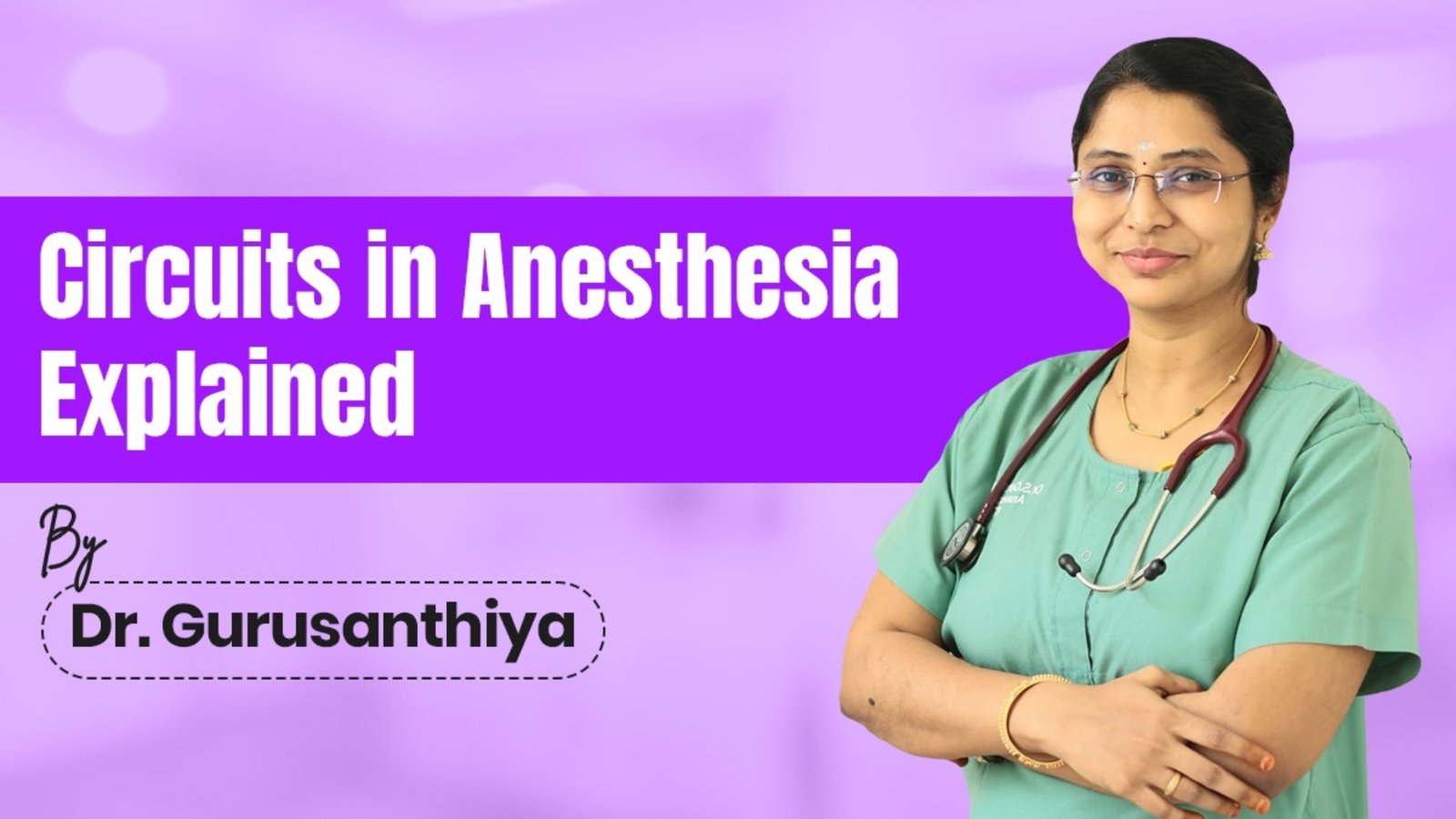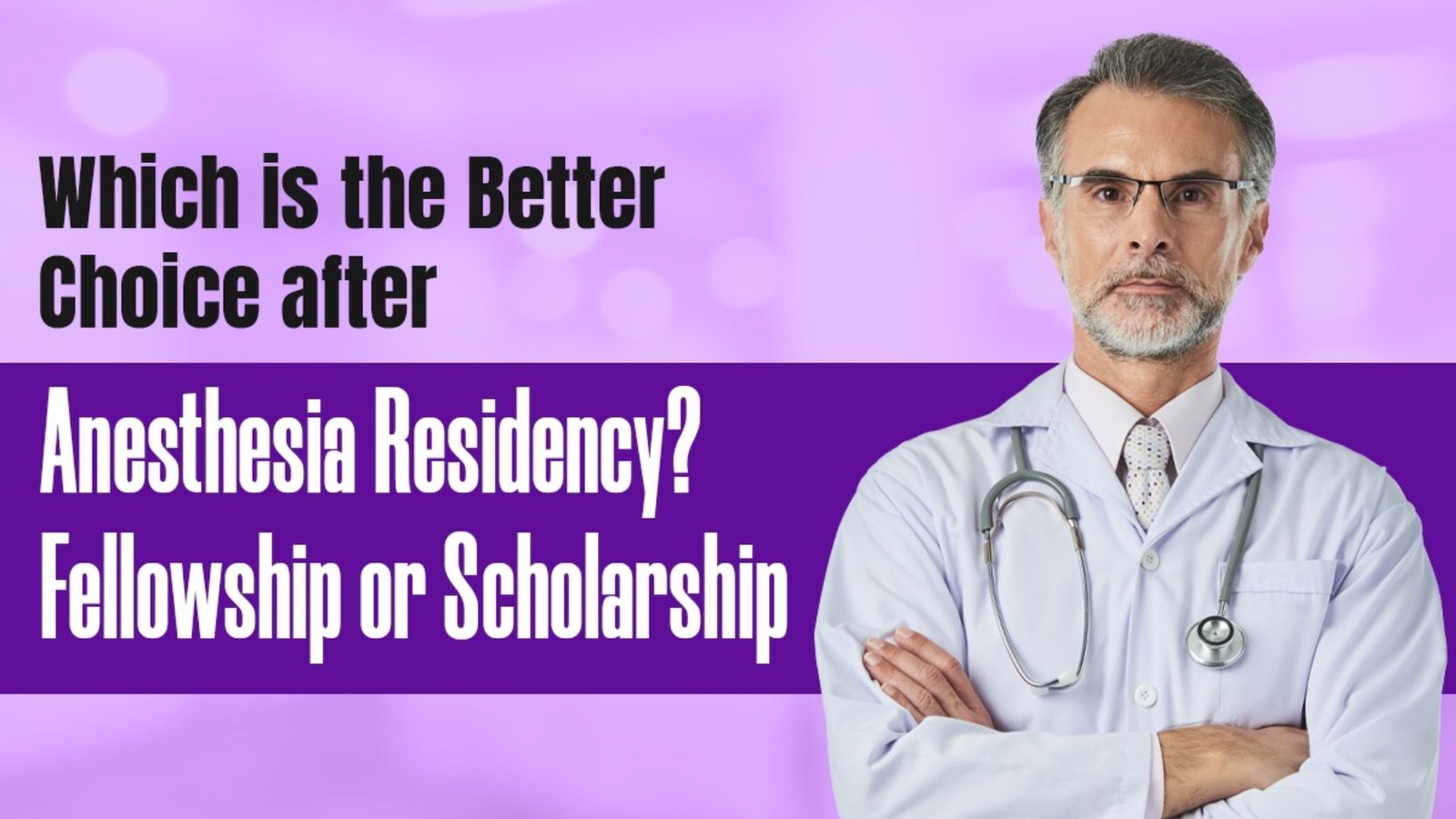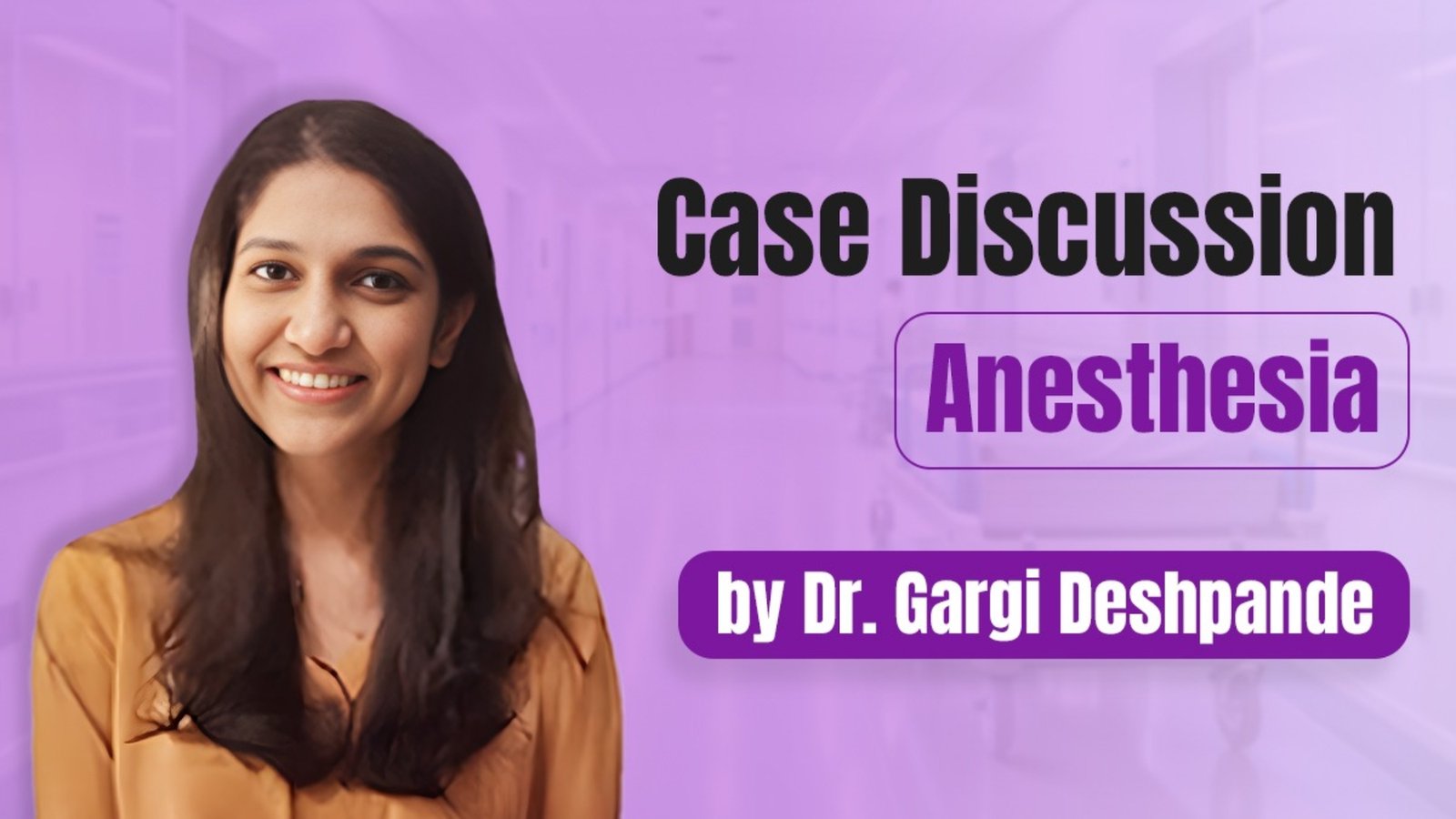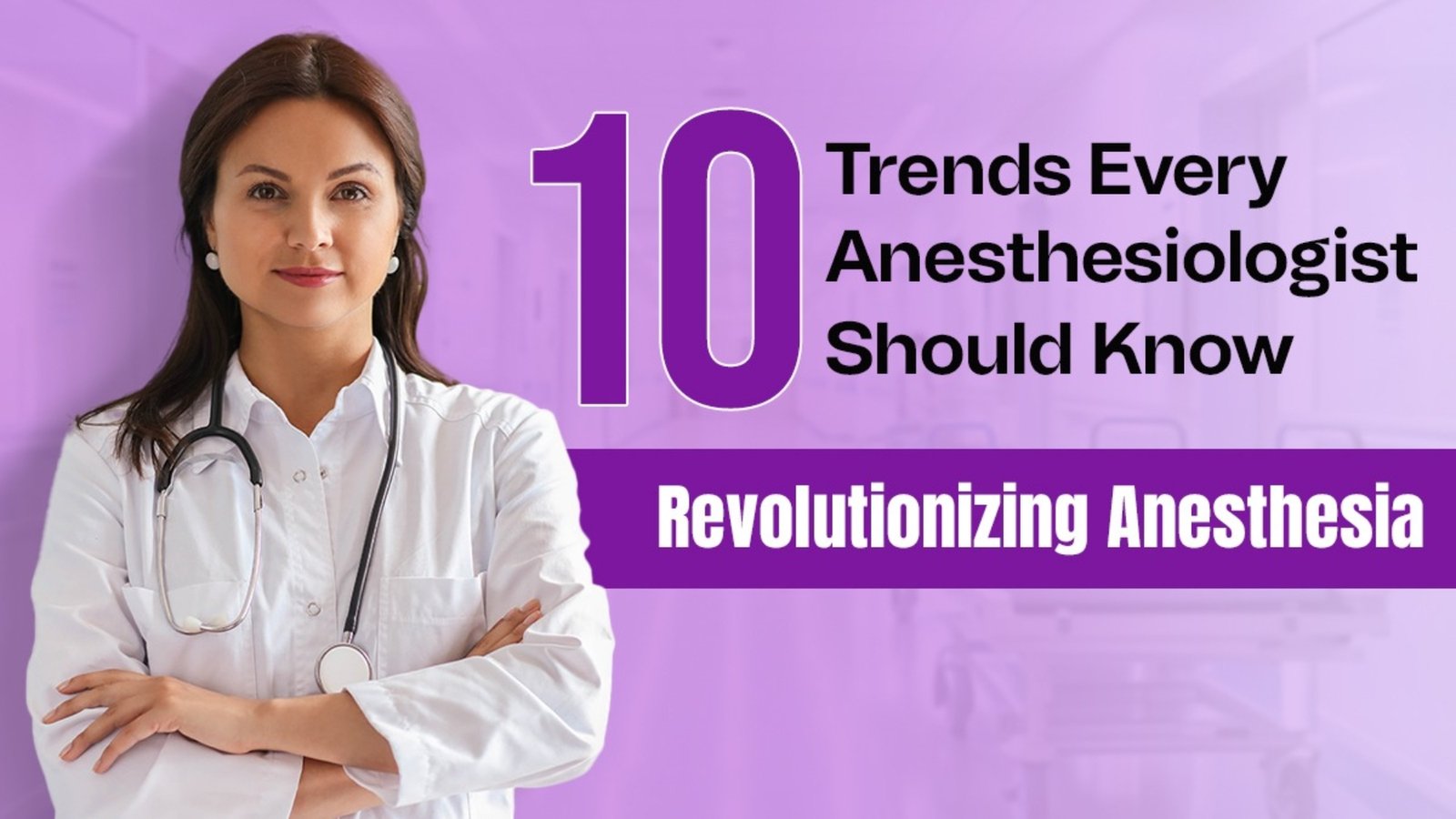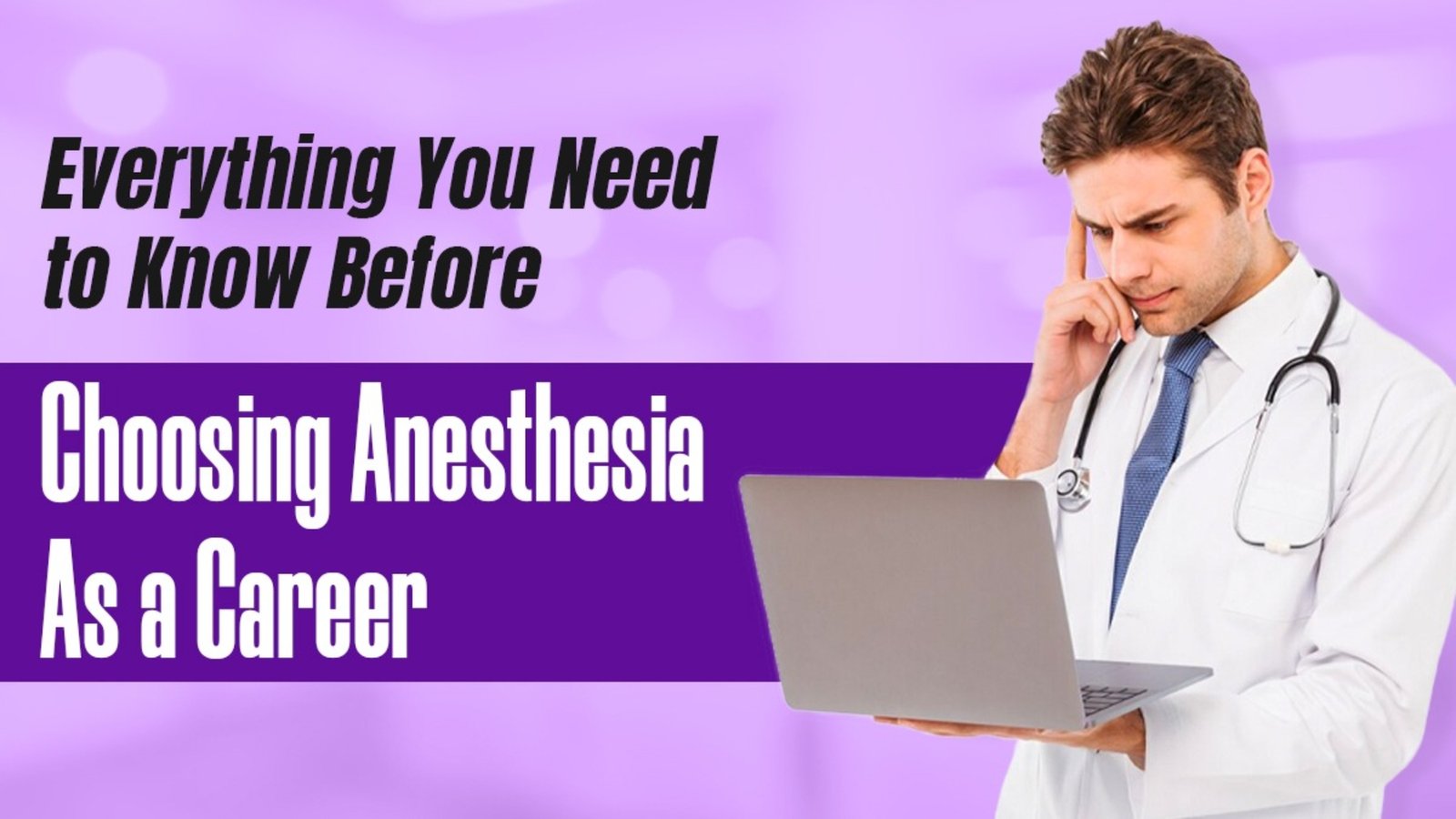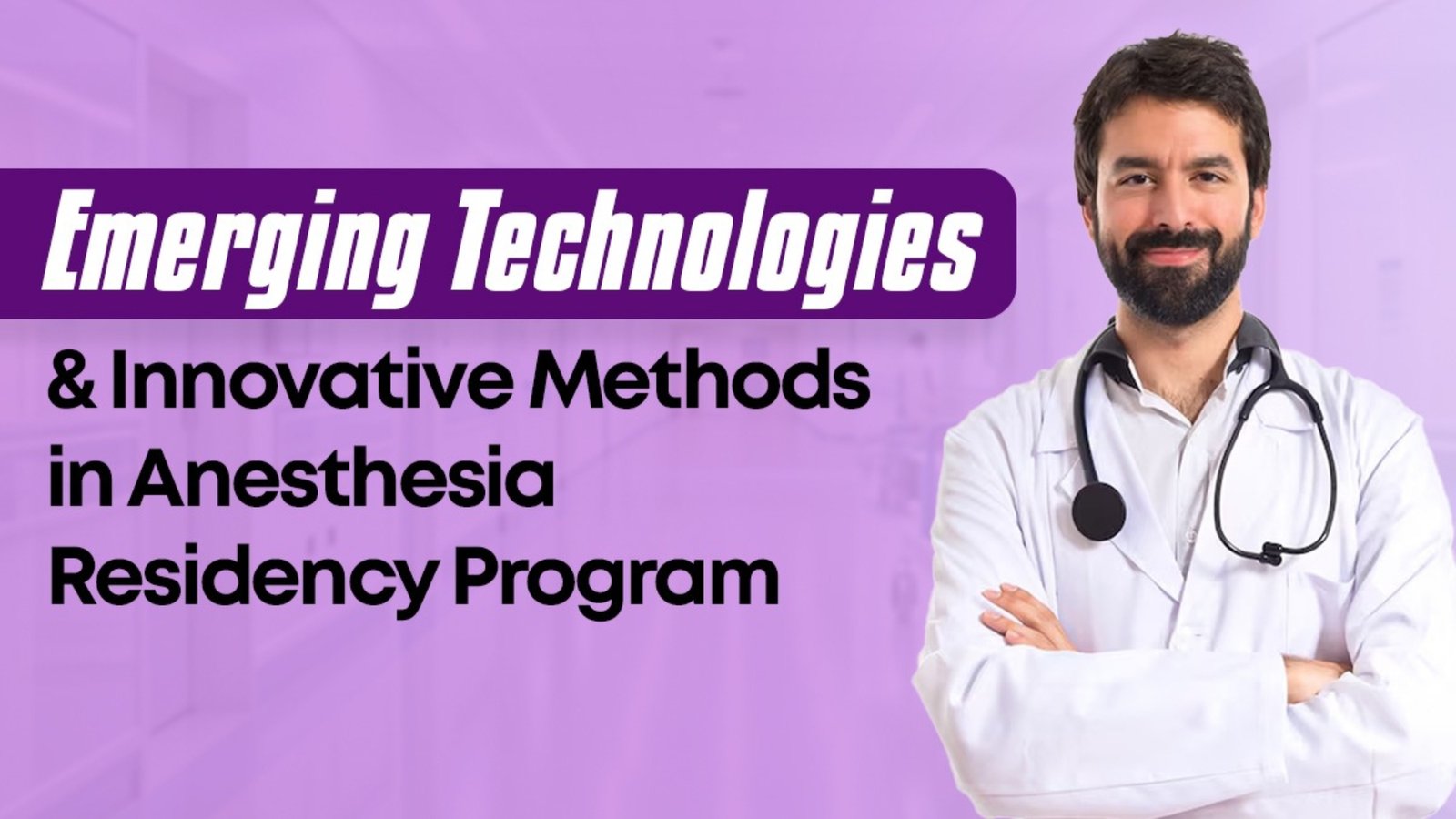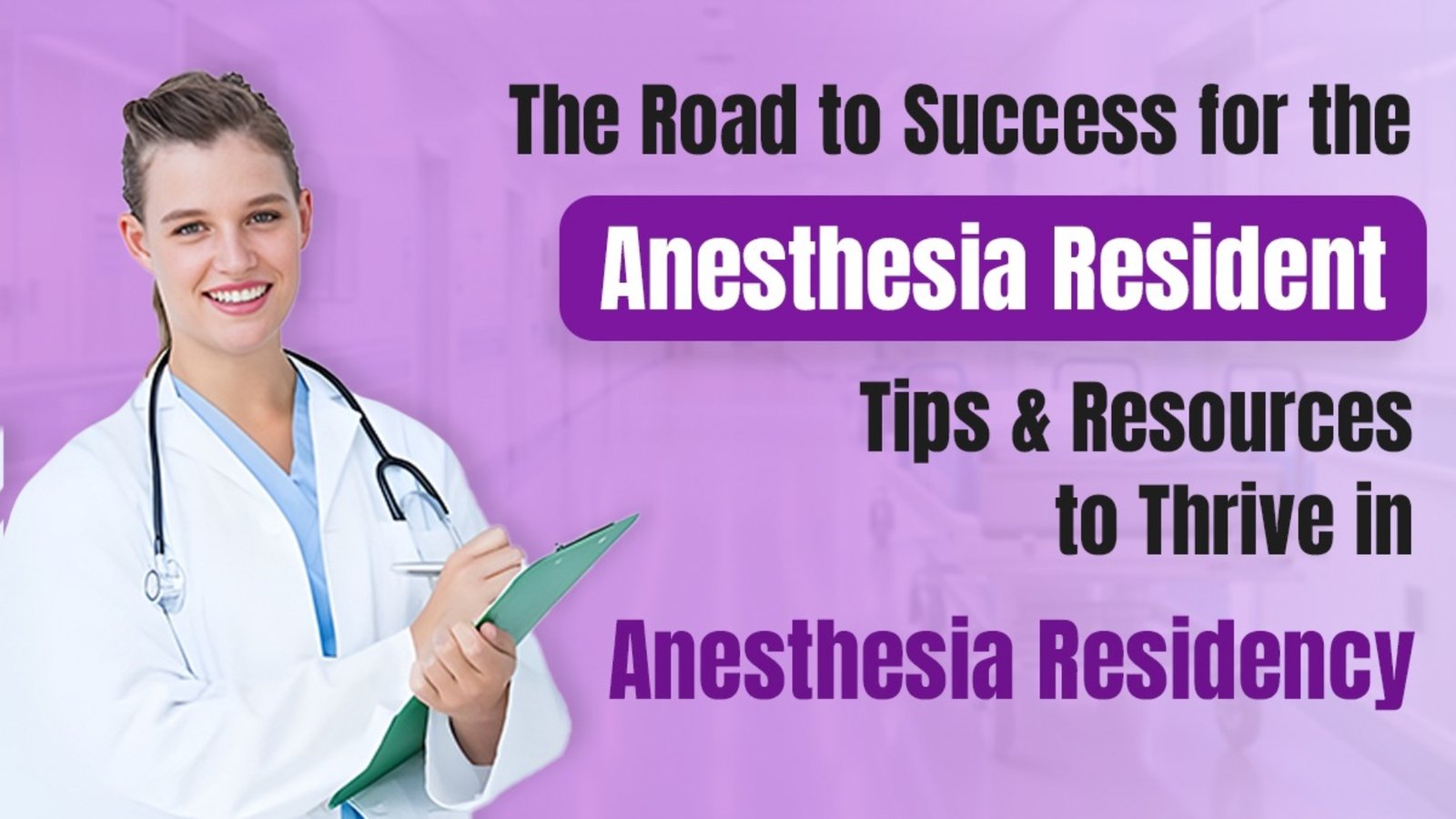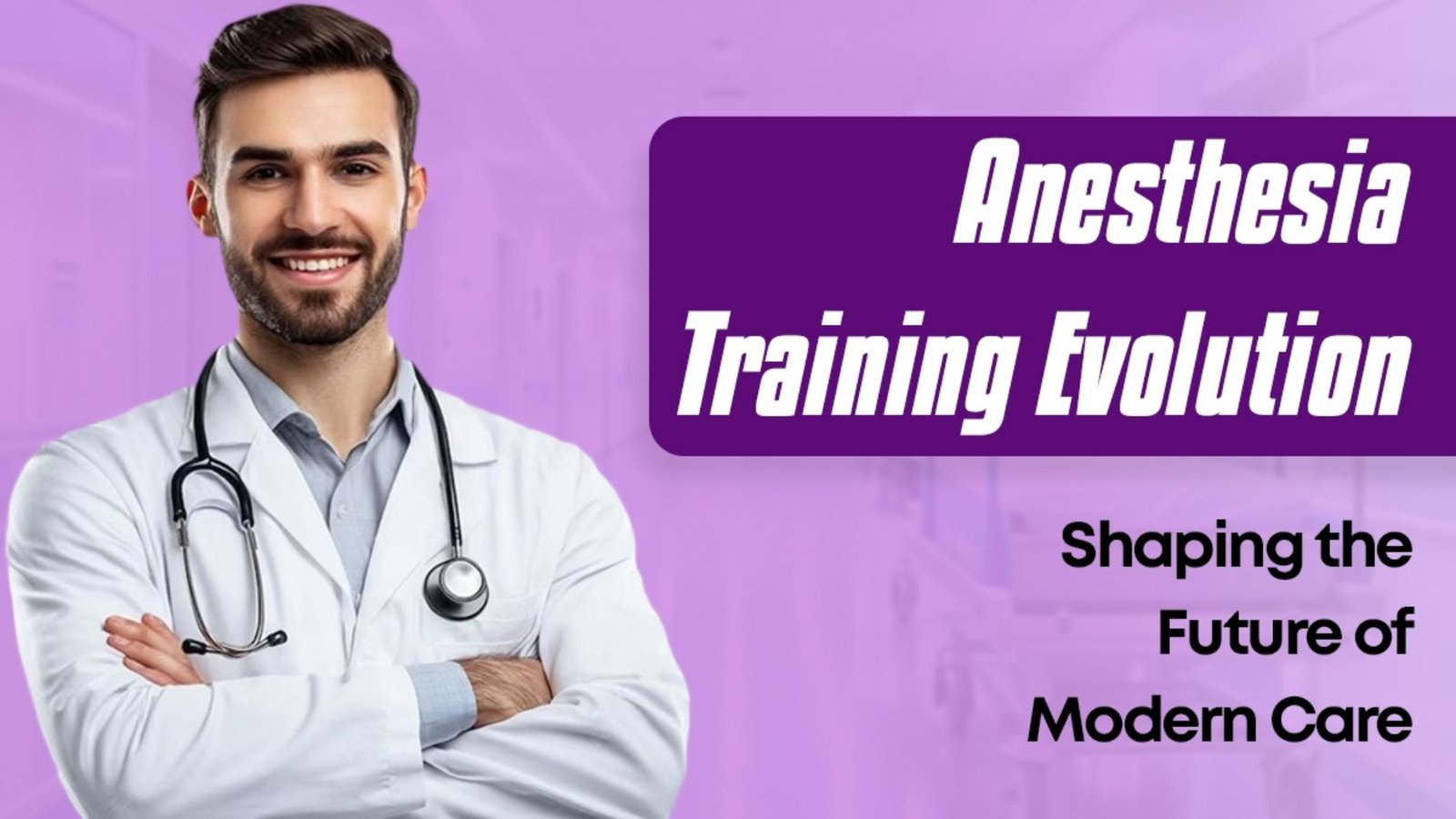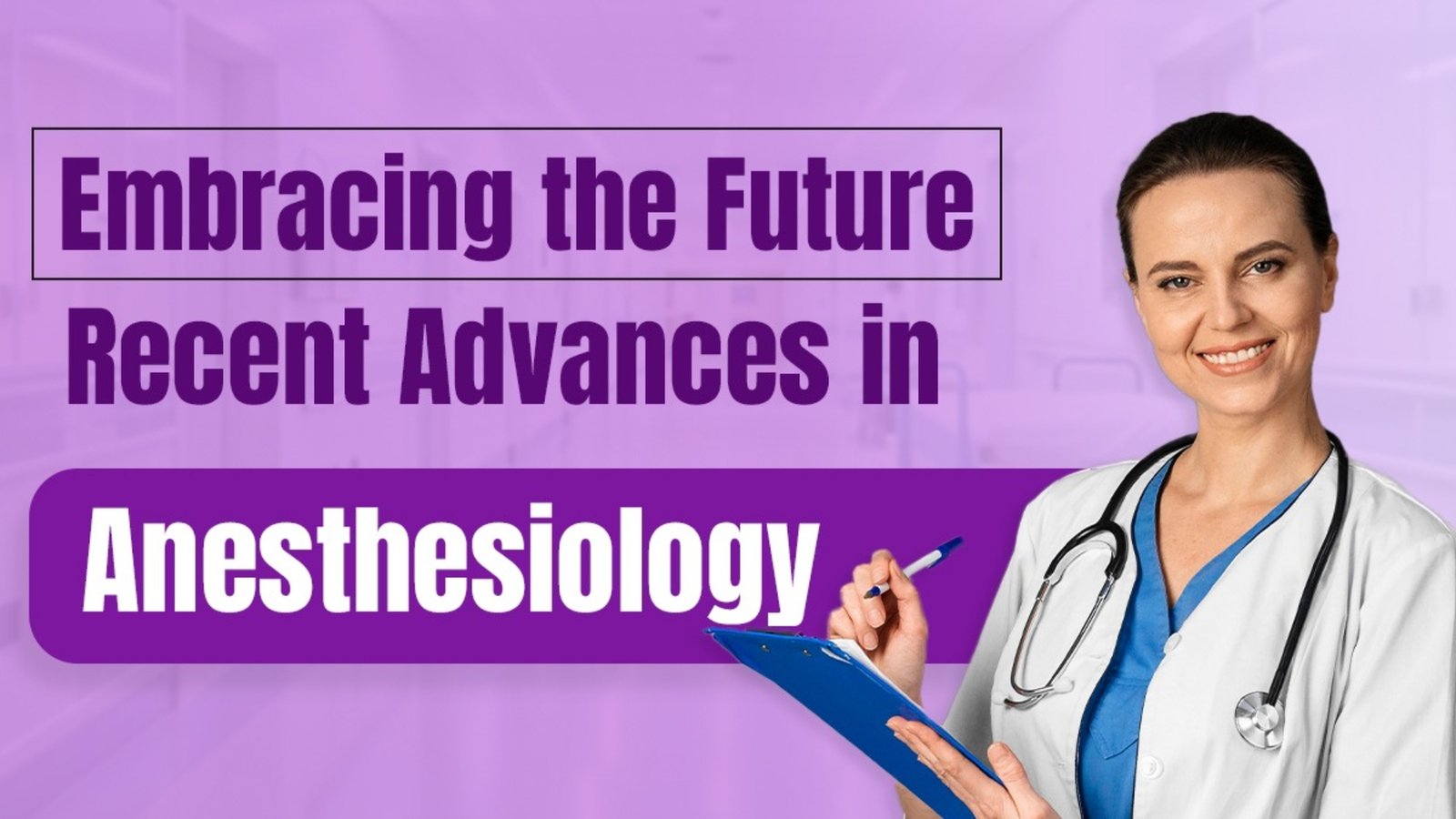Estimated reading time: 4 minutes
In the medical field, anesthesia is a very specialized and fulfilling job path. Anesthesia residents are extremely important to guarantee the patient’s safety and comfort throughout surgeries and other medical procedures.
Here in this blog, you will see how to become the best anesthesia resident, the necessary courses, job profiles, salary expectations, and opportunities in the field:
Who is an Anesthesiologist?
Anesthesia resident who focuses on controlling the patient’s vital signs and delivering anesthesia during and after surgical procedures is an anesthesia resident. They ensure the effectiveness of pain management and give patients critical care both during and after procedures.
How to be the best Anesthesia Resident?
- Education path
- Pursue MBBS degree
Complete your MBBS program within 5 years with the internship.
- Clear PG Entrance Exam
Enroll in a reputable medical college by passing competitive entrance exams such as NEET-PG in India.
- Postgraduate Specialization in Anesthesia
- Pursue the MD or Diploma in Anesthesiology after completing your MBBS by completing the postgraduate entrance exams, NEET-PG in India.
- Alternatively, you may choose to pursue a DNB course in Anesthesiology.
- Licensing
Obtain a license to practice from the medical council in your country.
- Courses for Anesthesia
- MD (Anesthesiology): It is a 3-year master’s degree that focuses on anesthesia practices.
- Diploma in Anesthesiology: shorter duration compared to an MD, typically 2 years.
- DNB (Anesthesiology): It is a 3-year course and it is equivalent to MD.
- Job Profiles in Anesthesia
- Clinical Roles
- Anesthesiologist
- Administer anesthesia, monitor vital signs, and oversee patient recovery after surgery.
- Intensive Care Expert
- Work in ICUs to manage critically ill patients.
- Pediatric/Obstetric Anesthesiologist
- Specialize in anesthesia for pediatric patients or women during childbirth.
- Academic Roles
- Teaching and research roles in medical colleges and universities.
- Non-Medical Roles
- You can work in medical consulting, healthcare administration, or pharmaceutical work.
- Salary of an Anesthesiologist
- Private sector positions typically offer higher salaries than government roles.
The salary of an anesthesiologist may depend on location, experience, specialization, and type of healthcare institution.
- In India: Experienced anesthesiologists earn between₹8–20 LPA and fresh graduates typically earn between₹5–6 LPA.
- In USA: The anesthesiologist in USA gets paid somewhere around between $250,000–$400,000 per year.
Salary may be different depending upon the country.
- Scope of Anesthesiologist
Growing Demand - Increased surgical procedures and advancements in medical technology are driving the global demand for anesthesiologists.
Wide Opportunities - Anesthesia residents are in high demand, and they can also expect to earn high salaries in countries like the USA, Canada, Australia, and the Middle East.
Subspecialization - Emerging fields such as pain medicine, neuro-anesthesia, and regional anesthesia present significant opportunities for growth.
Research and Development - You can grab opportunities in clinical trials, drug development, and academic research.
- Skills to Pursue a Career in Anesthesiology
1)Robust understanding of pharmacology and physiology.
2)Capacity to maintain composure under pressure.
3)Meticulousness and focus on detail.
4)Effective communication and collaboration skills.
What is the Function of Conceptual Anesthesiology During Your Residency?
Conceptual Anesthesia is an excellent learning platform for anesthesia residents. It inspires the anesthesia residents to concentrate on understanding the basic ideas and concepts that underlie anesthesia practice rather than just learning procedures and protocols. For anesthesia residents, this approach is highly advantageous as it improves their capacity for critical thinking and adaptability to complex clinical situations and ultimately leads to better patient care.
Conclusion
It demands a stable base within the scientific subjects, years of precise schooling, and a committed dedication to affected person protection and care. The anesthesia residents develop with surgical techniques, essential care, and ache control.
Aspiring anesthesiologists have to be equipped for a lengthy yet gratifying career, beginning with an MBBS degree and advancing through postgraduate specialization and, optionally, subspecialty training. This career presents diverse opportunities in clinical practice, academia, research, and healthcare management.
The subject’s competitive salary, high job satisfaction, and innovation potential make it an excellent choice for those passionate about medicine and technology. As the need for personalized and specialized patient care grows, the scope for anesthesiologists is anticipated to expand significantly in the future.
To sum it up, you can take help from conceptual anesthesia to become an anesthesiologist, which merges the challenge of mastering critical medical skills with the reward of making a significant difference in patients’ lives.



